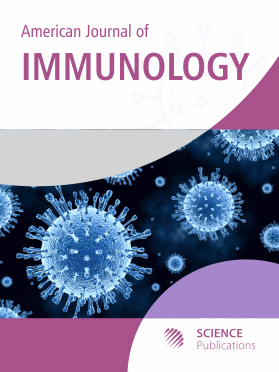Antiviral and Quantitative Structure Activity Relationship Study for Dihydropyridones Derived from Curcumin
- 1 University of Basrah, Iraq
- 2 University of Baghdad, Iraq
Abstract
Problem statement: Pyridones are known to have variety of biological activities like antitumor, antibacterial, anti-inflammatory and antimalarial activities. This study presents antiviral evaluation of dihydropyridones derived from curcumin, as well as curcumin for comparison. Approach: The compounds evaluated for their in vitro antiviral activities against the viruses: HIV-1, Bovin viral Diarrhea, Yellow Fever, Reovirus 1, Herpesvirus 1, Vaccinia, Vescular Stomatitis, Coxackie virus B2, Poliovirus 1 and Respiratory Syncytial viruses by using Microculture Tetrazolium assay (MTT) method. The method was based on the metabolic reduction of 3-(4,5-dimethylthiazol-2- yl)-2,5-diphenyltetrazolium bromide. Results: Antiviral biological activities represented as CC50 were within the range >100-26 for BHK-21, while they were within the range >90-≥13 against Respiratory Syncytial Virus when represented as EC50 for example. Both CC50 and EC50 values were found to increase with increasing chain length of the substituent on the nitrogen atom. Conclusion: The in vitro antiviral activities of the tested dihydropyridones can be enhanced by increasing chain length of the substituent on the nitrogen atom.
DOI: https://doi.org/10.3844/ajisp.2010.25.28

- 4,566 Views
- 3,260 Downloads
- 1 Citations
Download
Keywords
- Dihydropyridones
- curcumin
- ant-HIV-1
- QSAR
- logP
- AM1 Hamiltonian
